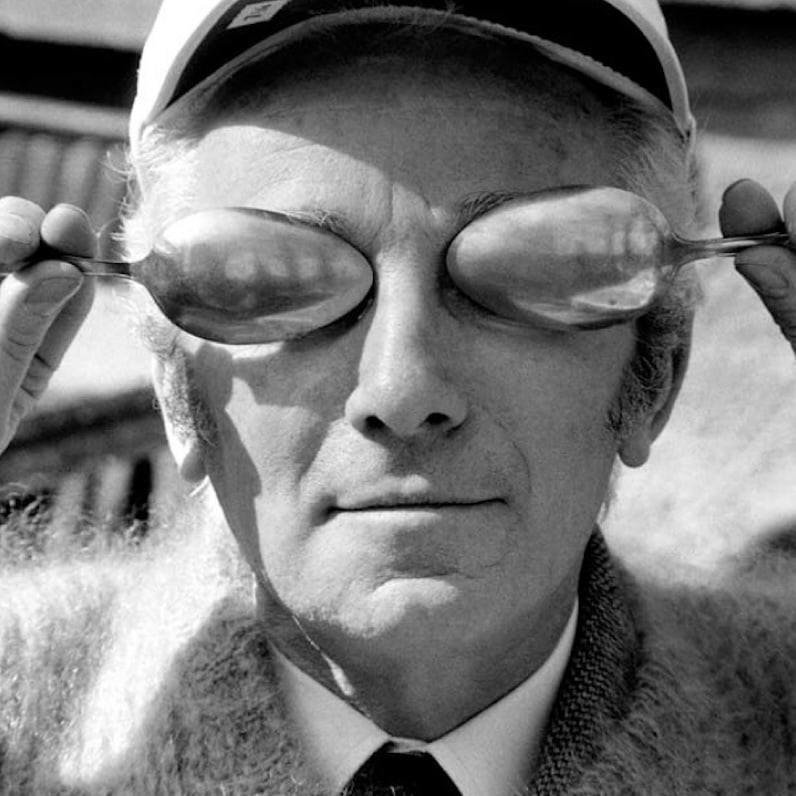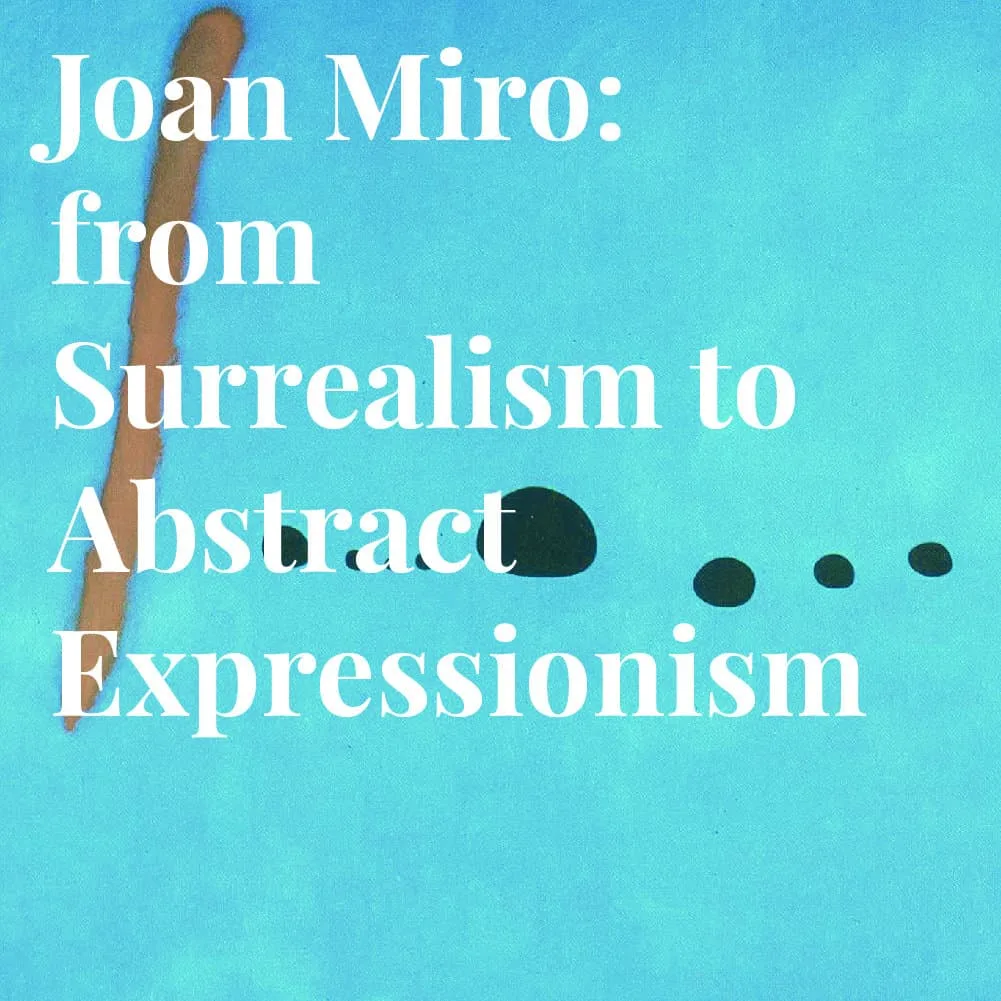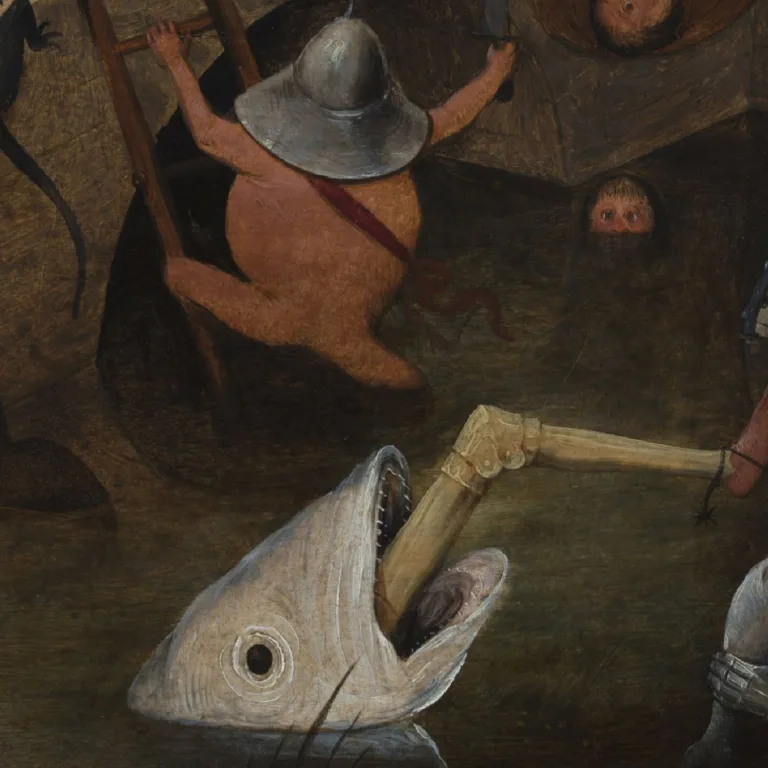Design as Play: Bruno Munari’s Playful Approach to Design & Learning
If there’s one name in art education that has really stuck with me on my journey from artist to educator, it’s Bruno Munari’s. His approach was a game-changer in how kids get to see and experience art. He took a page out of Maria Montessori’s book and the Reggio Emilia approach, making art something you can touch, play with, and explore with all your senses. This way of learning is something you’ll see a lot of in today’s museums and kids’ workshop spaces, and it’s pretty cool how his ideas are still shaping things.
So, who was Bruno Munari? As we dive into the story of Munari’s life, we’ll see all the hats he wore: an artist, a designer, and an incredible educator. We’ll take a look at his artwork, his design projects, and how he’s left a big mark on teaching art to kids. So, let’s start this journey and see how Munari’s ideas keep making learning fun and creative for kids everywhere, even today.
Check out this Munari-inspired process art lesson here!
“To complicate is simple, to simplify is complicated.”
Bruno Munari
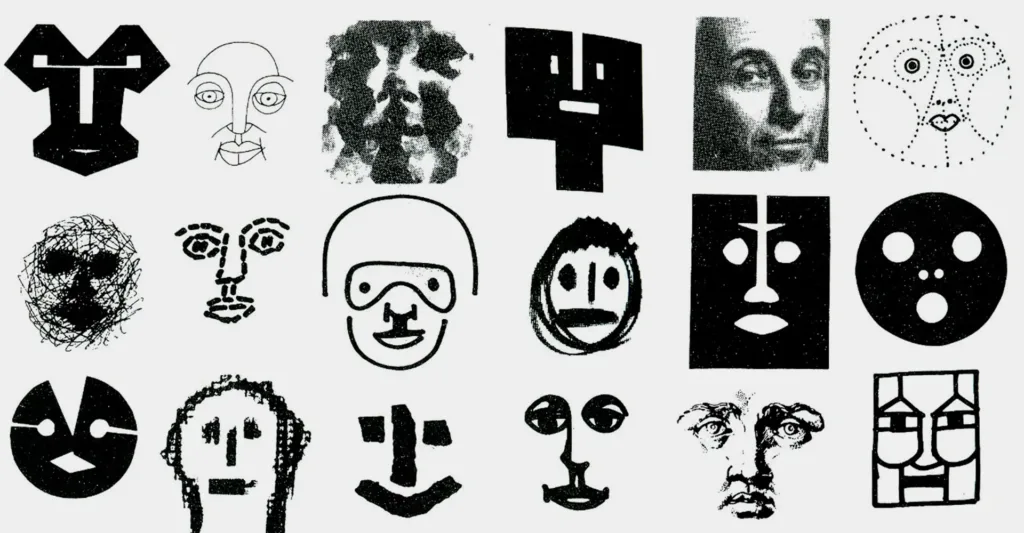
Who was Bruno Munari?
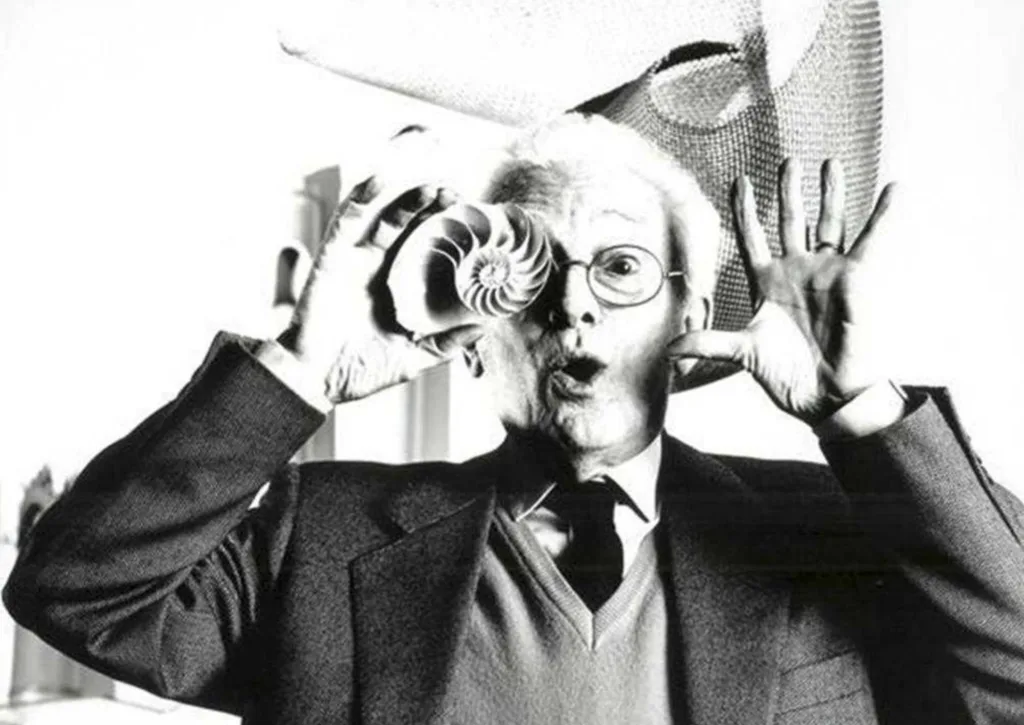
Early Life and Influences
Bruno Munari was born in Milan in 1907, spending his early years immersed in an environment rich with artistic fervor. This early exposure was pivotal in shaping his creative outlook. His formative years coincided with the rise of Italian Futurism, an avant-garde movement emphasizing speed, technology, and industrialization. Munari was initially attracted to this movement, joining it in the late 1920s. However, he soon began to question its more radical and political aspects, eventually diverging to forge his unique path.
This new direction led him to the exciting world of kinetic art in the 1930s. Think of his “Useless Machines” – quirky, whimsical structures that danced with the air, balancing and moving as if they had a life of their own. These creations reflected Munari’s growing interest in movement, play, and interaction, elements that would later become central to his educational philosophy.
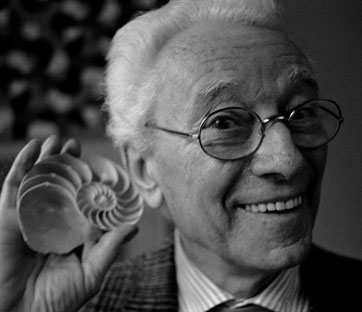
One of Munari’s most notable contributions to art education was his development of visual communication workshops for children, which began in the late 1950s. These workshops were revolutionary, encouraging children to explore materials, forms, and colors in a free and unstructured environment, fostering creativity and problem-solving skills. This methodology was a stark contrast to the more rigid and academic approaches prevalent at the time in Italy and elsewhere.
But Munari’s impact didn’t stop at the classroom door. He left a lasting mark on the design industry too. From graphics to product design, his work showcased a deep understanding of form, function, and aesthetics.
His 1966 book “Design as Art” is a standout, laying down his vision of design as something that should be as functional and accessible as it is beautiful.
Interesting facts about Bruno Munari:
- Jack of All Arts: Munari wasn’t just pigeonholed into one form of art. He was a graphic designer, painter, sculptor, teacher, writer, and even dabbled in poetry. This multidisciplinary approach gave him a unique edge, allowing him to weave creativity through various forms and mediums.
- Dancing with Kinetic Art: Imagine art that moves! Munari was a trailblazer in kinetic art, especially with his “Useless Machines” in the 1930s. These weren’t just sculptures; they were playful explorations of balance and movement, merging art with the science of motion.
- A Storyteller for Children: Munari had a special knack for capturing the imagination of children. His children’s books, like “Zoo” (1945) and “In the Darkness of the Night” (1956), are more than just stories. They’re interactive adventures filled with textures, cut-outs and a whole lot of imagination.
- Design as a Way of Life: His book “Design as Art,” published in the 1960s, isn’t just a read; it’s a journey into Munari’s mind, where design meets daily life. He believed design should be functional, beautiful, and accessible to all.
- Innovative Art Educator: Munari’s passion for teaching art, especially to children, led him to develop educational programs and workshops that emphasized creativity and sensory experiences. He wasn’t just teaching art; he was nurturing future innovators.
- Internationally Acclaimed: Munari’s influence extended globally, earning him prestigious accolades like the Compasso d’Oro for his contributions to design.
- Influence Beyond Art: His ideas transcended the realms of art and design, impacting cognitive psychology and early childhood education, demonstrating the universal language of art.
Some of Bruno Munari’s most iconic creations:

- The “Falkland” Lamp (1964): A design marvel, this lamp features a unique tubular structure, combining functionality with a cloud-like aesthetic. It’s a testament to Munari’s love for simplicity and elegance.
- “Acona Biconbi” Series (1945): These visual games are a playful take on perception and imagery, showcasing Munari’s fascination with how we see and interpret the world.
- Kinetic Sculptures (“Useless Machines,” 1930s): These pieces are early examples of kinetic art, demonstrating Munari’s playful and profound approach to art-making, where movement and form collide.
- “Negativo-Positivo” Series (1940s-1990s): Here, Munari delves into the interplay of positive and negative space, creating visual experiences that captivate and intrigue.
- “Fotocronache” (1944): Munari’s skill in storytelling shines through in these photomontages, blending photography with narrative to create stories that are as humorous as they are insightful.

- The Munari Mobile: A significant creation in Munari’s oeuvre, the Munari Mobile, particularly used in Montessori education, exemplifies his genius in combining aesthetics, education, and play. These delicate, hanging structures are not just visually appealing but are designed to stimulate cognitive development and sensory exploration in children.
- It is recommended to be used by professionals who understand Montessori pedagogy and know how to use these mobiles.
- Parts are Already Made: You only need to assemble the parts.
- AGE: From birth to 5 months or when the baby begins to push up on hands and knees. It is important to hang them at suita…
Bruno Munari’s Refreshing Take on Art Education
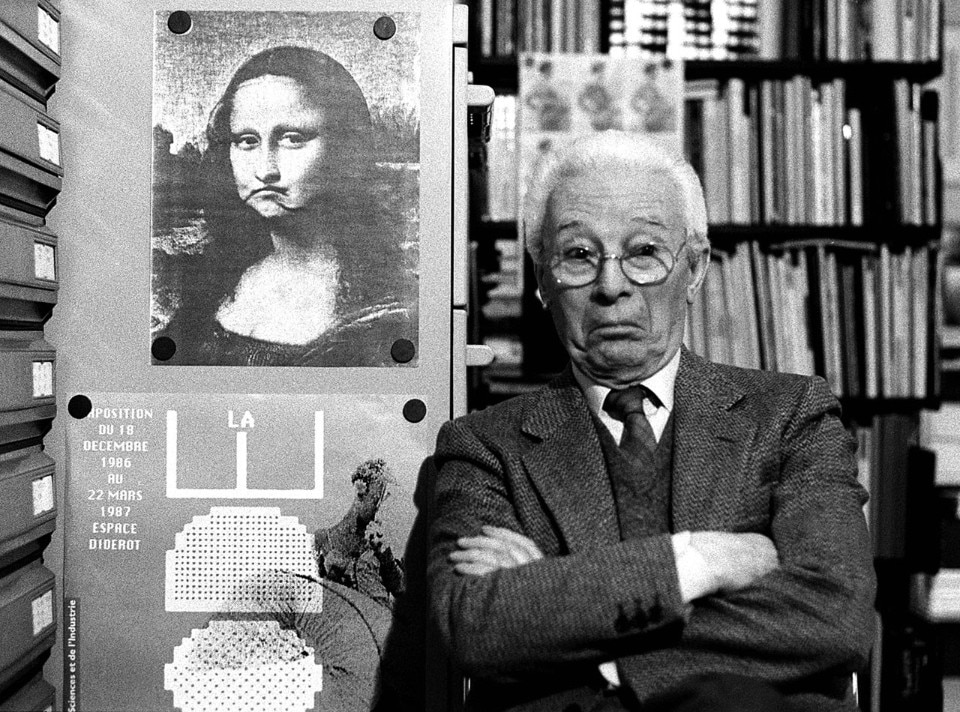
In the landscape of art education, Bruno Munari’s approach stood out for its innovative and child-centric methodology. Munari championed the concept that children should actively engage with art from a young age, not merely as observers but as creators. This approach was grounded in the belief that every child possesses inherent creativity, which can be cultivated and nurtured through thoughtful, exploratory education.
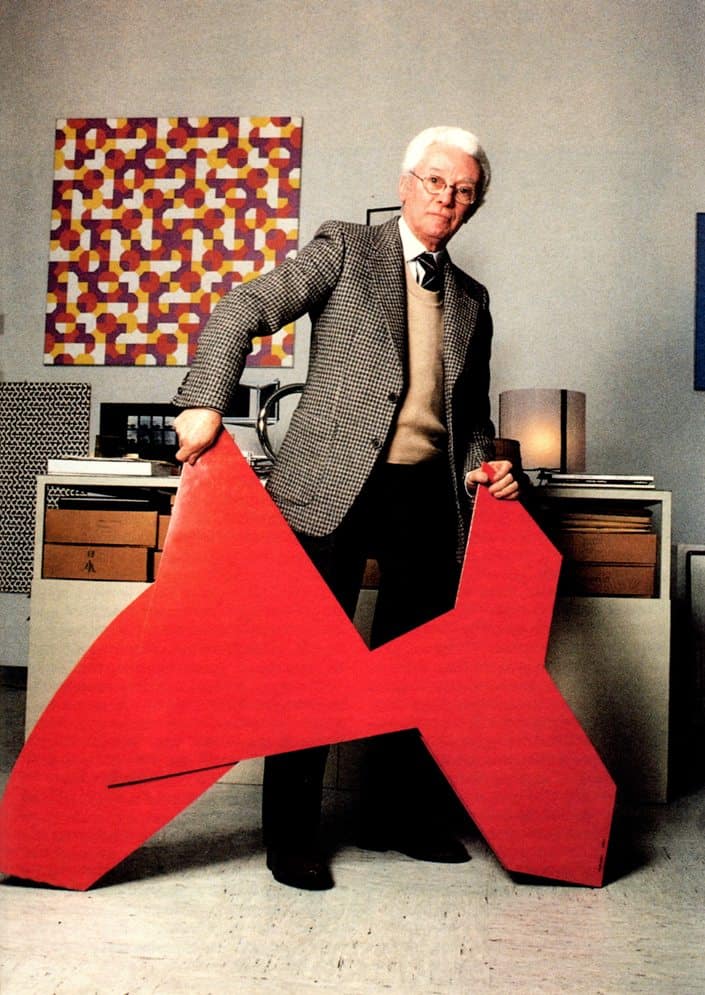
Munari’s educational philosophy placed significant emphasis on exploration. He advocated for environments where children were encouraged to experiment with a diverse array of materials, shapes, and colors, fostering a rich atmosphere of inquiry and discovery. This tactile, hands-on learning method contrasted with more traditional, observation-based art education practices, emphasizing the importance of experiential learning in developing creative thinking.
In Munari’s view, creativity is as vital as literacy or numeracy. He argued for an art education that not only hones this skill but enables children to express themselves in inventive and unique ways. His approach also distinguished itself through its interdisciplinary nature, seamlessly integrating elements of science, nature, and everyday life into art lessons, thus making art more relatable and engaging for young learners.
There shouldn’t be an art detached from life, beautiful things to look at and ugly things to use.
Bruno Munari, 1966
Differences with Traditional Methods:
- Traditional art education often focused on replicating existing art forms and valuing technical skill over creativity. In contrast, Munari’s approach was about unleashing the creative potential in every child, focusing less on the end product and more on the process of creation.
- Munari’s method also differed in its interdisciplinary nature. He blended elements of science, nature, and everyday life into his art lessons, making them more relatable and engaging for children.

“Design as Play“
Bruno Munari’s “Design as Play” philosophy marked a significant departure from traditional design principles, emphasizing playfulness and exploratory processes in creative expression. Influenced by avant-garde movements such as Futurism and Surrealism, Munari embraced intuition and imagination, stepping away from rigid functionalism and aesthetic constraints.
Munari’s workshops for children were practical embodiments of his philosophy. These workshops, conceptualized as creative play spaces, provided children with basic materials like paper, scissors, and colors, encouraging free-form creation without the constraints of predetermined objectives.
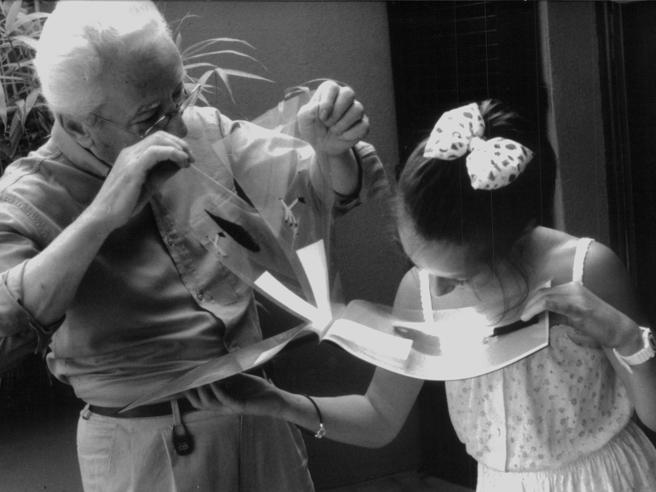
His interactive art installations further exemplified his philosophy, inviting participants to engage with art in a more hands-on manner. These installations often featured tactile elements and interactive components, allowing participants to experience art through touch, movement, and exploration.
The impact of Munari’s “Design as Play” philosophy on art and design education was profound and far-reaching. It underscored the importance of the creative process, exploration, and personal expression over traditional, rigid instruction. Educational institutions have since incorporated elements of Munari’s approach, recognizing the importance of creativity and experimentation in fostering innovative thinking and problem-solving skills.
Through “Design as Play,” Bruno Munari reimagined the boundaries between art, design, and play. He showcased that play is not merely an escape but a powerful tool for exploration, learning, and creative expression, inspiring generations of artists, designers, and educators to embrace creativity as an essential, playful, and enriching part of the human experience.

The key features of Munari’s Art Labs:
- Hands-On Exploration: Encouraged children to directly engage with a variety of materials, exploring their textures, colors, and forms.
- Creative Freedom: Offered a free-form environment where children could create without strict guidelines or predetermined outcomes, fostering independent thinking and imagination.
- Sensory Learning: Emphasized sensory experiences, allowing children to learn through touch, sight, and movement, enriching their understanding of the world around them.
- Interdisciplinary Approach: Integrated elements of science, nature, and everyday life into art projects, making art relatable and educational on multiple levels.
- Problem-Solving Through Art: Designed activities that encouraged problem-solving and critical thinking, often through playful challenges and creative tasks.
- Process-oriented art: Prioritized the experience and process of creating art, rather than the final product, to encourage a deeper appreciation for creativity and exploration.
- Use of Recycled and Everyday Materials: Often incorporated everyday or recycled materials in art projects, teaching resourcefulness and environmental awareness.
- Interactive Installations: Created installations that children could interact with, breaking down the traditional boundaries between art and the viewer.
- Visual Communication Workshops: Conducted workshops focusing on visual communication, teaching children to express ideas and stories through visual means.
- Innovative Children’s Books: Utilized his children’s books as tools for art education, featuring interactive elements like cut-outs and textures to engage children’s senses and imagination.

Munari’s Creative Exercises
To spark creativity and imagination in children, Munari designed a variety of creative exercises, ranging from simple drawing and collage-making to more complex tasks like constructing three-dimensional objects or kinetic sculptures. He had a unique ability to transform everyday materials into tools of artistic expression, guiding children to see the world as a canvas brimming with creative possibilities.
“To preserve the spirit of childhood throughout life means to preserve the curiosity to learn, the pleasure to understand, and the desire to communicate.”
Bruno Munari
Key Creative Exercises Developed by Munari:
- Exploring Shadows and Light: Munari encouraged children to engage with shadows, using their hands or objects to create various shapes and narratives. This exercise was more than a playful activity; it was a lesson in light, shadow, and the art of storytelling.
- Nature Collages: In this exercise, children were invited to create collages using natural materials, such as leaves, twigs, and flowers. It was an exercise in observation, teaching children to appreciate the beauty and texture of the natural world.
- Kinetic Sculptures: Drawing inspiration from his “Useless Machines,” Munari guided children in creating their kinetic sculptures. Children learned about balance, movement, and the elegance of geometric forms using materials like wire, paper, and string.
Read also: Unlock Imagination: Calder Fish Mobile Lesson – A Vibrant Dive into Kinetic Art & Modernism
- Texture Exploration: Here, Munari developed activities focused on tactile experiences. Children explored and created with a variety of materials, ranging from fabrics to sands and beads, enhancing their sensory understanding and appreciation of different textures.
- Color Mixing Experiments: These exercises were fundamental in introducing children to color theory in a hands-on, engaging manner. Children experimented with primary colors to discover a spectrum of secondary and tertiary hues, making learning about color a playful and educational experience.
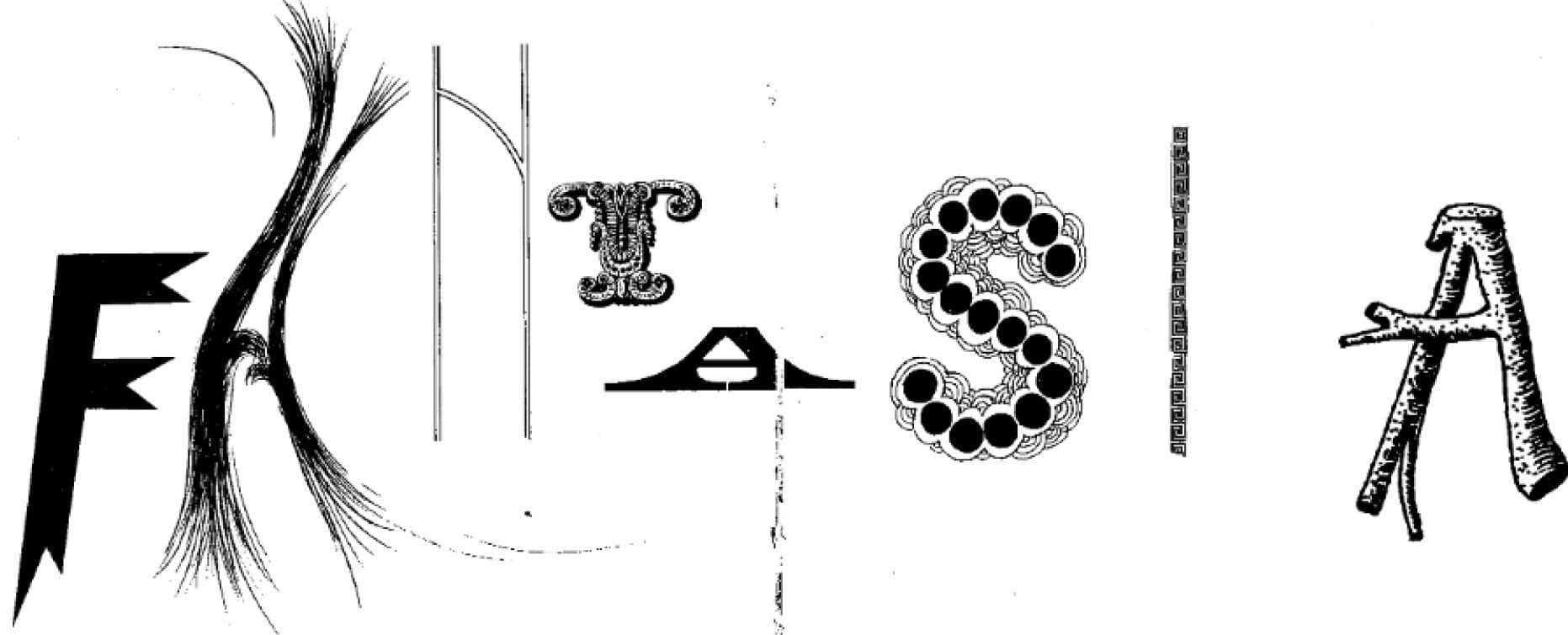
The adaptability and timelessness of Munari’s exercises make them as relevant in today’s art education as they were in his time. They offer a blueprint for teaching art that emphasizes creativity, personal expression, and hands-on learning. Munari’s approach to art education, focusing on exploration and imagination, continues to be a valuable resource for educators seeking to inspire a new generation of creative thinkers.

Munari’s Books for Children
Bruno Munari brought a whole new flavor to children’s books. His stories do more than just take kids on fun adventures; they are like mini treasure hunts for the mind and senses. Each book is a little world of its own, filled with pop-ups, cool cut-outs, and textures that kids could really get their hands on. Reading one of Munari’s books is never just about flipping through pages – it’s an invitation to play, discover, and see things in a wonderfully different way.
Here are some of his most notable works available in English:
- “Bruno Munari’s ABC” (1960): This inventive take on the alphabet book pairs each letter with imaginative illustrations, turning the process of learning the alphabet into a visual adventure.
- “The Circus in the Mist” (1969): Utilizing transparent pages and innovative graphics, this book creates a layered story that evolves with each turn of the page, offering a playful exploration of narrative and visual perception.
- “Bruno Munari: From Afar It Is An Island“: An exploration of the concept of an island through imaginative illustrations and interactive elements, this book invites readers to think creatively and engage with the idea of distant places.
- “Drawing a Tree“: Part of Munari’s delightful series that includes “Roses in the Salad” and “Drawing the Sun,” these books encourage children to observe and represent everyday objects and natural elements in their unique artistic styles. Each book is a journey into seeing the ordinary in extraordinary ways, teaching children that there are countless ways to interpret and draw the world around them.
- “Zoo” (1945): An engaging and informative journey through the animal kingdom, where Munari’s artistic illustrations come together with playful descriptions, making it a fun and educational read.
- “The Elephant’s Wish” (1945): A story that combines Munari’s unique illustrations with a charming narrative, engaging young readers both visually and textually.
Legacy and Impact: Forbidden not to touch!
Bruno Munari’s innovative approach to art education has profoundly influenced modern museum education, especially in engaging young children with contemporary and modern art. This aspect of Munari’s legacy, extending far beyond Italy, has become integral to contemporary museum practices.
“And then, above all, teach others how to do it.” ― Bruno Munari, Drawing a Tree
Today’s museum education programs, inspired by Munari, focus on making art accessible and engaging for even the youngest visitors. These programs have embraced Munari’s concept of active participation in art. Interactive elements, tactile experiences, and play-based learning are frequently incorporated, allowing children to connect with and understand art through sensory exploration, a key tenet of Munari’s philosophy.
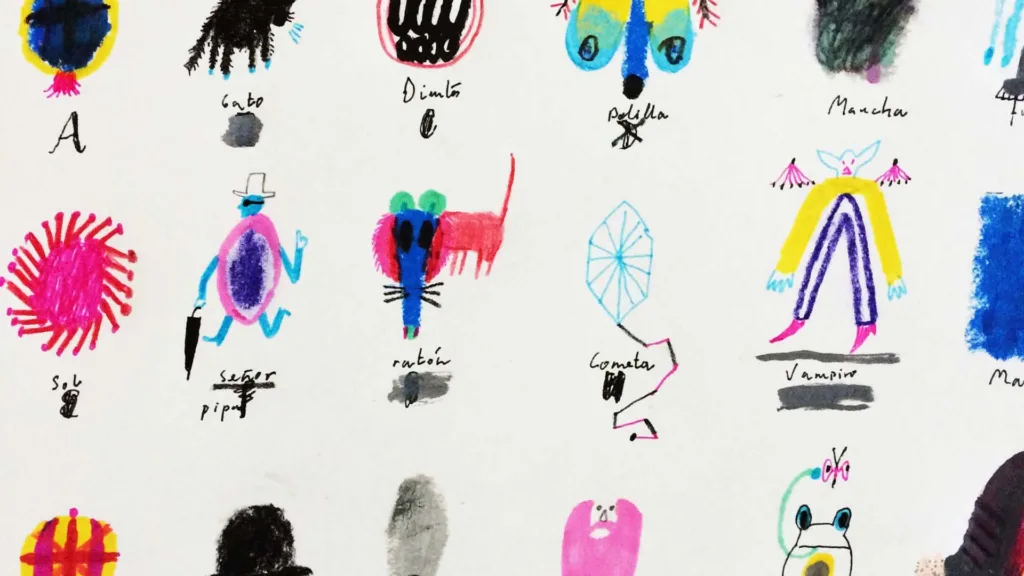
Moreover, Munari’s influence is evident in the way museums now craft their exhibits and installations. Interactive spaces, reminiscent of Munari’s own art labs, are common, where children can engage with art hands-on. These experiences are tailored to spark curiosity and offer insights into modern art in a manner that is both educational and enjoyable for young minds.
In storytelling and guided tours, Munari’s legacy is visible in the emphasis on narrative exploration within artworks. Children are encouraged to interpret and imagine stories, fostering an early engagement with the thought processes behind contemporary art.
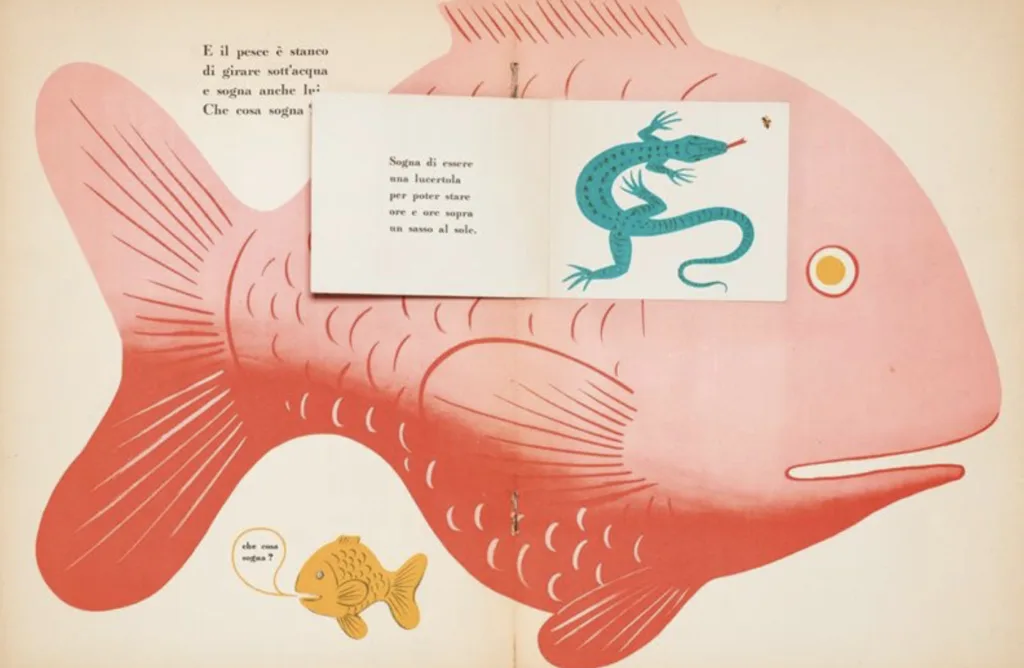
Finally, here are some of my favorite courses and workshops on museum education:
What do you think? Did you know about Bruno Munari’s work?

